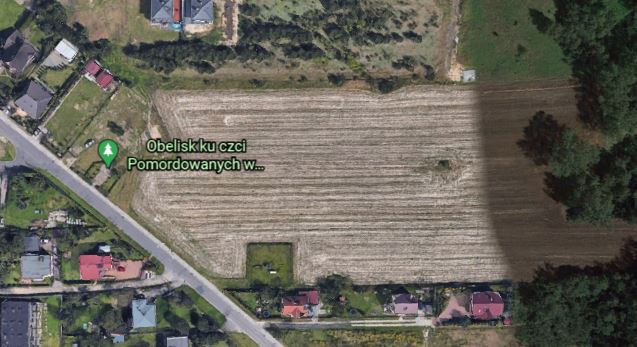Gleiwitz II

Main area of the factory and subcamp Subcamp area Gleiwitz II was established in May 1944 following the takeover of an existing labour camp for Jews. It was located at the Deutsche Gasrusswerke GmbH lampblack factory and initially held around 250 women and 260 men. However, by the end of that same year this number had increased to over a thousand prisoners of whom 700 were men. Accommodation for the prisoners consisted of seven wooden barracks, three of which were allocated to women, fenced off from the other barracks. The camp was surrounded by barbed wire fencing with six guard towers. The camp was commanded by SS-Oberscharführer Becker, followed by Konrad Friedrichsen and finally SS-Hauptscharführer Bernhard Rackers. There were 70 SS guards. While the male prisoners helped to expand the factory and repair machinery, the female prisoners worked at lampblacking, exposed to fumes from hot oil, and also had to carry away boiling waste to a vat. Severe burns from this task were comm

